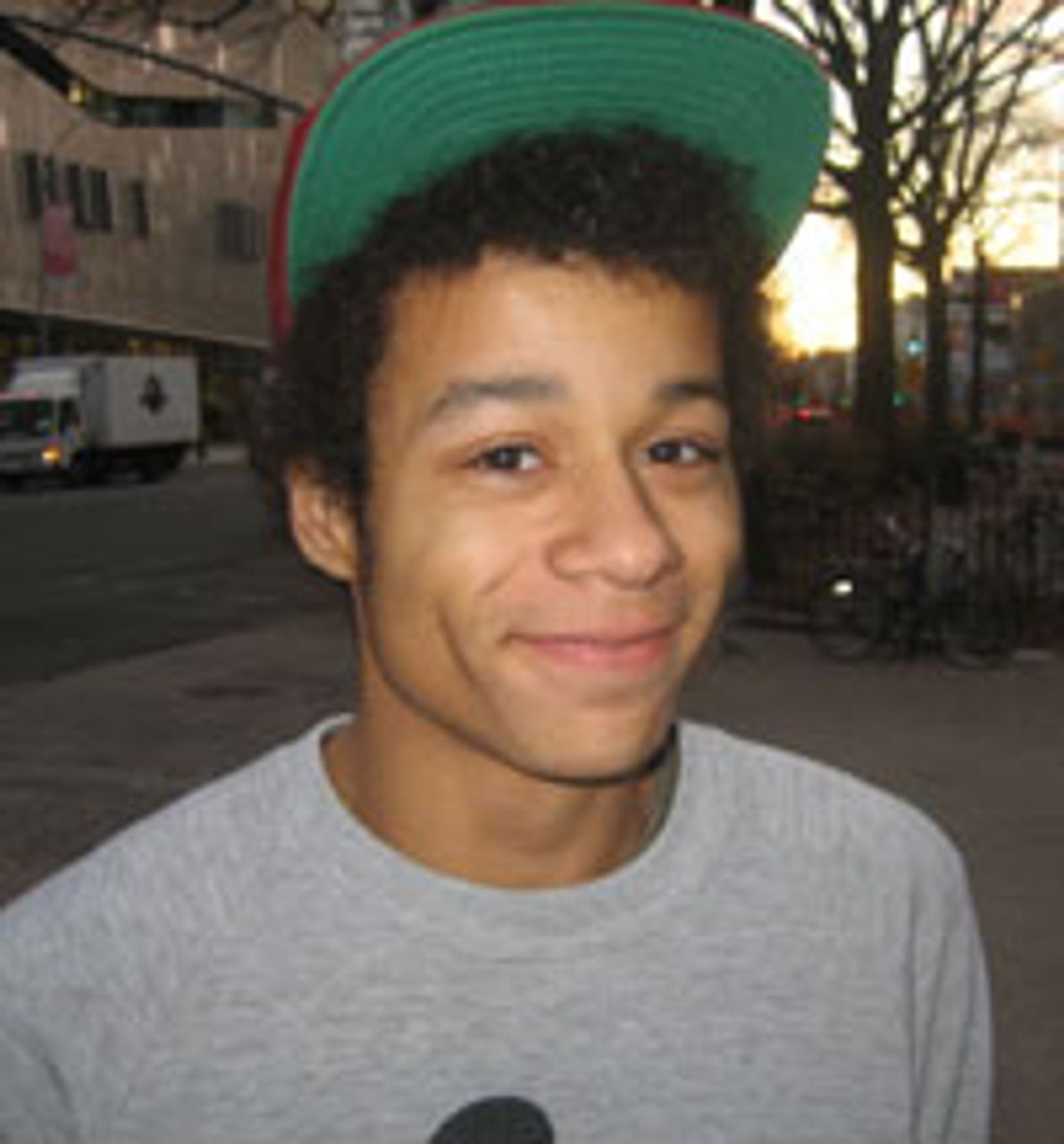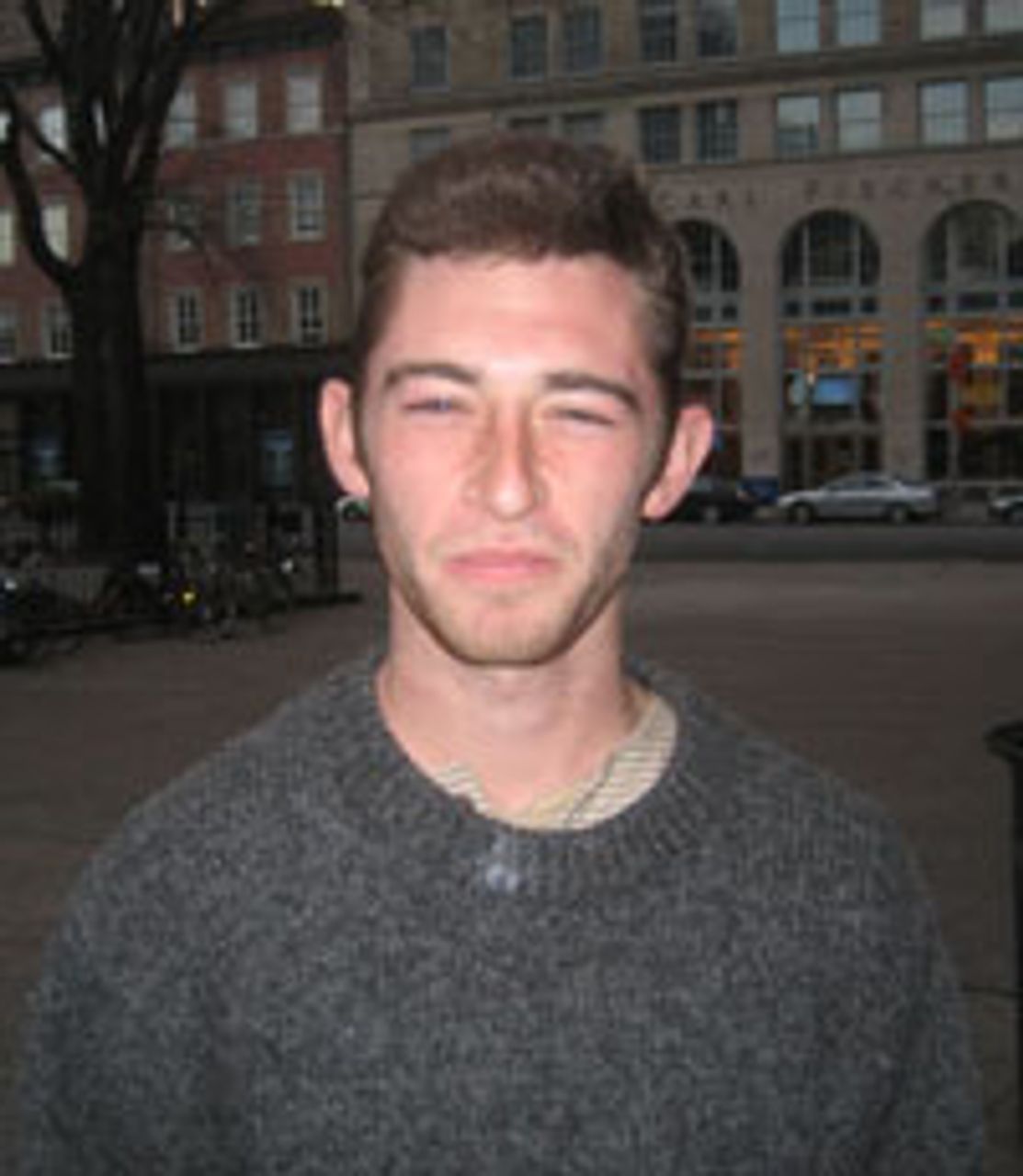One of America’s last remaining tuition-free universities, New York City’s Cooper Union, has announced plans to change its policy and begin charging its 900-member student body to attend classes.
Admissions to the art and engineering institution is highly sought after, not in the least due to the full tuition scholarship of $35,000 per year that is awarded to all undergraduate students. Founded upon the principle that education should be accessible to all regardless of means, Cooper Union has maintained a free tuition policy for over 100 years.
For now, Cooper Union stands alone in New York, and with just a couple exceptions, throughout the entire country, in providing a high quality college education free of tuition for all its students. This has not always been the case, as the working class had scored important victories during the post-war decades in opening up access to higher education. As recently as 1975, New York City provided free college education to the largely working class student body in the City University (CUNY) system.
To the more than 250,000 students now enrolled in CUNY, one of the largest systems in the country, 1975 may feel like ancient history. New York's Democratic governor Andrew Cuomo is overseeing tuition hikes of 30 percent by the 2015-2016 school year, side-by-side with cuts in the classroom.
The rising cost of education for college students, whether at Cooper Union, CUNY or elsewhere, is bound up with an economic system in deep crisis, in which the idea of higher education accessible to all is no longer considered feasible by the political establishment. In the United States, public four-year colleges increased tuition on average 368 percent since 1981, according to inflation adjusted figures from College Board. Since the onset of the economic crisis, the attack on public education has only sharpened.
The burden of rising education costs has been felt even at Cooper Union, despite its maintenance to date of the no-tuition policy. The school estimates its students face costs of approximately $20,000 each year to cover room and board, student fees, books, supplies and other necessities. As a result, many students find themselves burdened with thousands of dollars of debt after graduating.
Jamshed Bharuch, the recently installed president of the school, raised the proposal for tuition as a means of overcoming the institution’s $16.5 million deficit. “This is a structurally unsustainable financial model, and we must act immediately to put our institution on the path to a sustainable future,” he said in a statement posted on Cooper Union's web site.
Bharuch, along with Mark Epstein, the chairman of the Board of Trustees, attribute the budget shortfall to weak fundraising and the impact of the economic downturn on revenues. Epstein singled out former students for the crisis, remarking at a November 7 meeting that he “would blame the lackluster performance of alumni.” His remarks were met by a chorus of jeers from students and alumni in attendance.
However the causes as well as the extent of the financial troubles remain murky. Cooper maintains a nearly $600 million endowment and substantial real estate holdings, including the land beneath the landmark Chrysler Building. The school recently spent over $110 million on construction of a new building, financed through loans. The New York Times reported that $32 million in borrowed funds were reinvested in the endowment, with the false expectation of outperforming the interest rates on the loan.
Those within the Cooper Union community have harshly criticized the lack of transparency regarding the financial details and have called for the opening up of the school’s books. But as surprising as the depth of financial troubles were, the proposal to charge tuition, a radical departure from the ethos of the institution, came as a shock to students, parents, teachers and alumni.
 James
James"In the community here, everyone is so upset about it," James, an art student in his third year, told the WSWS. "I think it will affect the way that they compose the student body. We all make really great work. Now there's a possibility of someone who makes terrible work getting in just because his parents can afford it." Walter, a senior also studying art agreed, noting that tuition would "create class divisions in the classroom" and that it would "destroy the community we have here."
Both James and Walter explained that neither would be at Cooper Union if not for its free tuition policy. “Personally I couldn't afford it. If I wasn’t going to art school for free, I’d probably change [my major] and try to do art on the side,” Walter said.
Daniel, a senior in the arts school explained that the issues at stake had implications beyond Cooper union itself. He expressed a strong belief that education should be free for all, citing Goethe’s remarks that he who cannot draw on 3,000 years is living from hand to mouth. “The idea is that everything we have, our day-to-day activities, are informed by a vast human history and experience. To cut someone off from an education is to cut them of from a method of moving through life. You essentially exclude them from a decision-making power and from society at large.”
 Daniel
DanielHe continued, “There are those from outside Cooper saying this is a reality check, face the music. I would just say that this school is a very strong competitive force for other institutions to provide a free education. Every school has to consider a student taking a free education at Cooper Union instead of coming to their school. This impact of school being free is not just limited to the 900 students that go here. It’s not a reality check just for us. It has ramifications outside this institution.”
The broader implications were echoed by Kaila, a junior in the art school, who organized an art show with fellow students to raise public awareness of the tuition crisis. “In the beginning when Occupy Wall Street started, it was before the tuition crisis here broke. I think a lot of students were aware and some even flirted with being involved. But it’s much more present now. We feel like we have our own crisis which functions within the larger crisis. The situation at Cooper is just like a microcosm.”
She continued, “I think a lot of people might look at Cooper’s situation as one of the only schools that provides a free education and say, ‘this is the world we live in’. But there is a national debt crisis among students who pay excessive amounts of money for an education that should be provided for free.”
“I feel like what’s hopefully going to save Cooper,” Kaila stressed, “is for people to recognize that what’s happening here is representative of what’s happening outside as well.”
